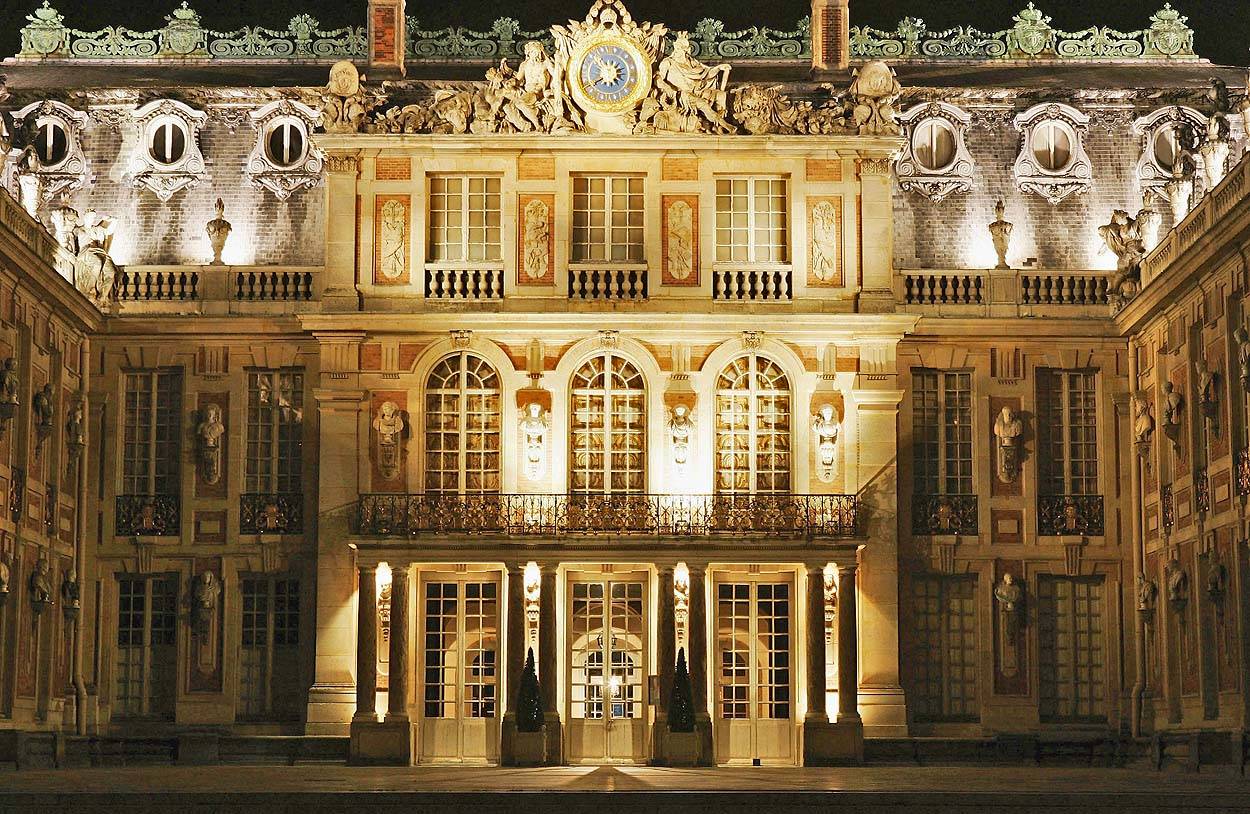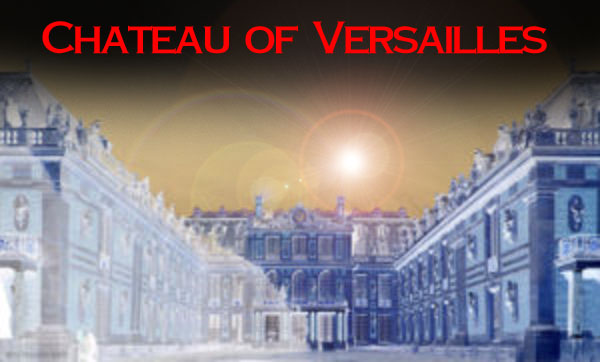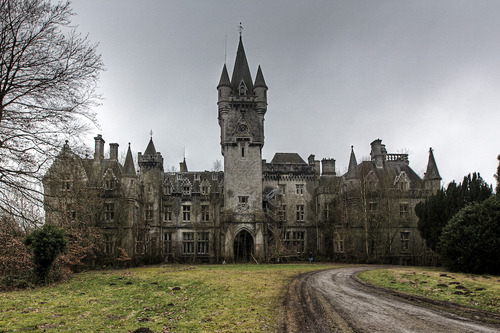As I caught one of the many ferries from Dover to Calais I planned out my French tour of their grandest houses. I flicked through my books and guides and soon realised that some of the chateau’s held a dark mystique about them. Whether it was due to the neglect these buildings suffered or the tragic happenings within them there was certain aura surrounding them, even in the photographs. Below I have detailed some of the eeriest and most haunting chateaus I visited on my trip.
Chateau de Versaille
Now a palace is not traditionally thought of as a chateau but in this case the French made an exception. The Palace of Versailles, one of the world’s most opulent buildings was initially a home for Louis XIV, the “Sun King,” a man with a large ego and even larger riches. He transformed the 2,000 acres from a simple hunting lodge into an estate filled with pretty much everything he could get his hands on.
Many wars, most famously WW1 have been settled through negotiations and treaties within the walls of the palace, but it is not these exposed war secrets that give the palace its haunting feel, it is the royal downfall of Louis XVI and Marie Antionette in 1789. The famous lovers were taken away in the riots of the French revolution. Ultimately, they were beheaded in 1793. The chateau and surrounding areas are now said to be haunted by Marie Antoinette’s ghost. With frequent reported sightings and happenings the Chateau de Versaille is names as one of the most haunted places in France.
Chateau de Miranda – also known as Chateau de Noisy or Home de Noisy
Although located in Belgium, I went around 20km outside of the French border to visit this triumph of gothic architecture. During the French revolution, the family of Liedekerke-Beaufort used the Chateau as a hiding place, fleeing their nearby feudal castle of Vèves. After the revolution, the farm took the name of castle and was transformed into this great mansion.
During WW2 the Nazis temporarily occupied the chateau during their advance on Western Europe. At the end of the war, the castle was renamed the “Home de Noisy”, and was used as a vacation camp for SNCB (a Belgian national rail company) railway men’s children. Since this time the castle has been abandoned and has fallen into disrepair. Its troubled history and crumbling interior gives a sad, haunting feeling. It is difficult to explore due to the danger it now poses but just one look of the building can create shivers.
The basement….
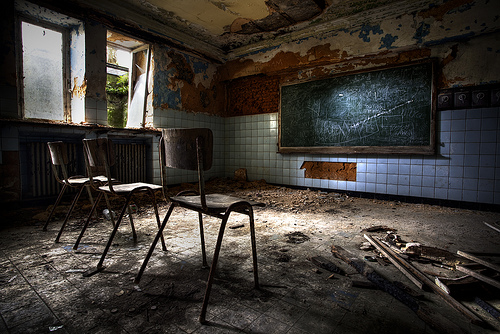
Source
The Royal Château de Chambord
Despite never being fully completed, the Chateau de Chambord is one of the most recognizable châteaux in the world due to its distinct French Renaissance architecture. Chambord is the largest château in the Loire Valley, constructed by King François I to be near to his mistress the Comtesse de Thoury.
The Royal Chateau was abandoned several times and despite restoration projects in the 1600’s was torn apart and sold in 1792 by the Revolutionary government. Left as a shell until Napoleon Bonaparte gave it to his subordinate, Louis Alexandre Berthier, the château was then passed along purchase lines until the Franco-Prussian War, (1870–1871) where it was used as a field hospital. Damaged again during the revolution and further in WW1 and 2, Chambord was left to ruin until being turned into a tourist attraction by the French state. Many of its historical items have been returned but there is an air of unease in some rooms where major tragedies occurred. In the main hall that saw 100’s of dying soldiers screaming for treatment and in the rooms that were used as hideouts, a cold chill exists and many have recorded ghost sightings of dead soldiers.
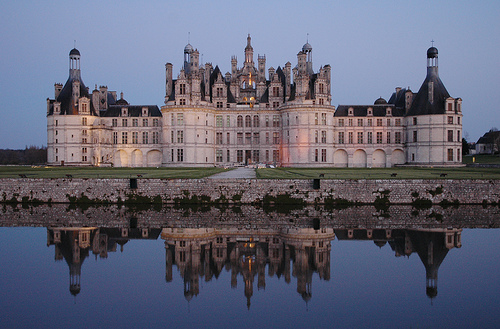
Source
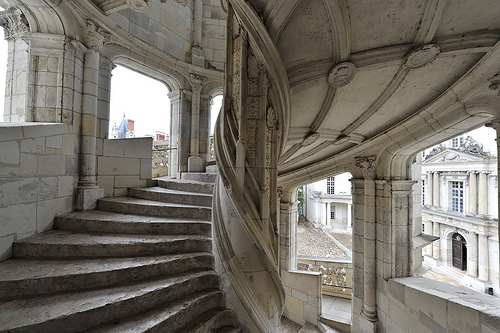
Chateau de Vizille
Castle Vizille set in the Rhone-Alpes region of France, is the largest and most prestigious Chateau du Dauphiné, despite the destruction of some of its buildings. Built in the early seventeenth century by François de Bonne (1543-1626) the chateau was abandoned until the late eighteenth century, when Claude Perier, bought the castle and installed a printing factory. Despite its relatively uninteresting history the house imposes a great shadow over the area and has been the subject of many activist campaigns and illicit affairs. In 1983, in anticipation of the bicentenary of the French Revolution, the Museum of the French Revolution of Vizille sat in different rooms of the castle, bring the horrors of history alive in the castle.
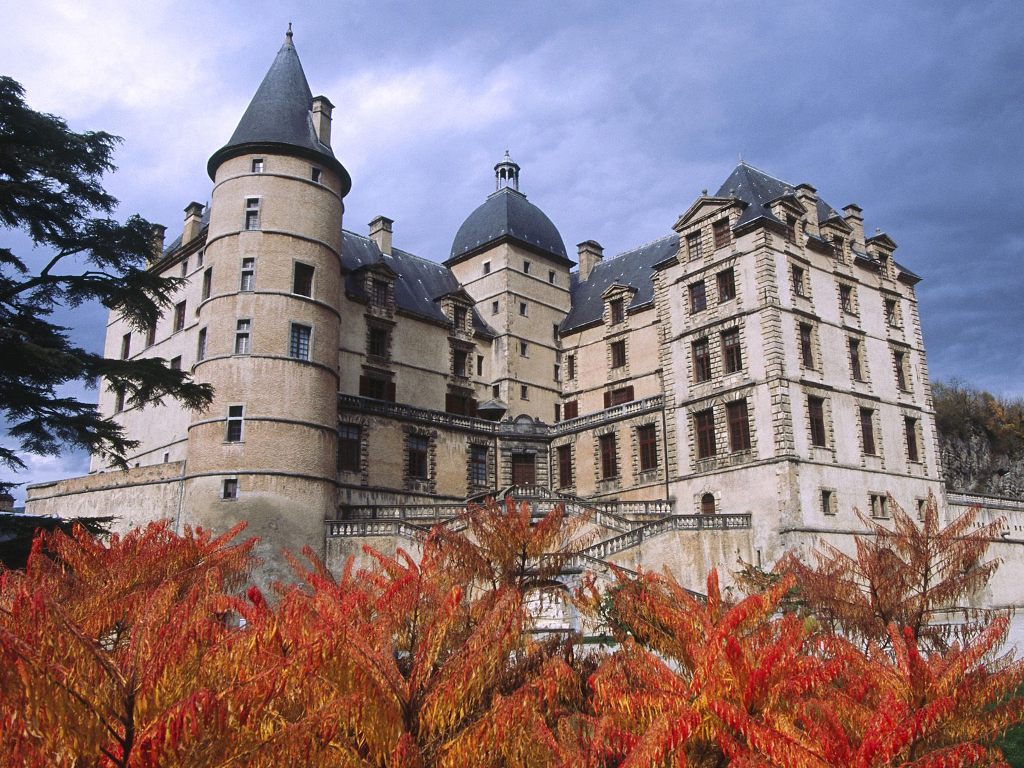
Source
Chateau de Blois
The residence of several French kings and the place of Joan of Arc’s blessing from the before departing with her army to defeat the English in Orléans, the castle of Blois is the product of several buildings constructed from the 13th to the 17th century around the main courtyard.
Refurbished several times by King Louis XII, François and the French state, the castle is a fine demonstration of French architecture and design. In it’s dark past the chateau was a hide out for King Henri III during the French Wars of Religion, the execution point of Duke of Guise, the scene of the Bourbon monarch and was subjected to ransacking and destruction during the revolution. Inside the castle there lays a “chambre de secrets” where Catherine de Medici hid poisons, later used on enemies. The Chateau de Blois’ long history makes it an amazing museum of French history and an unsettling place of discovery.
Panoramic View
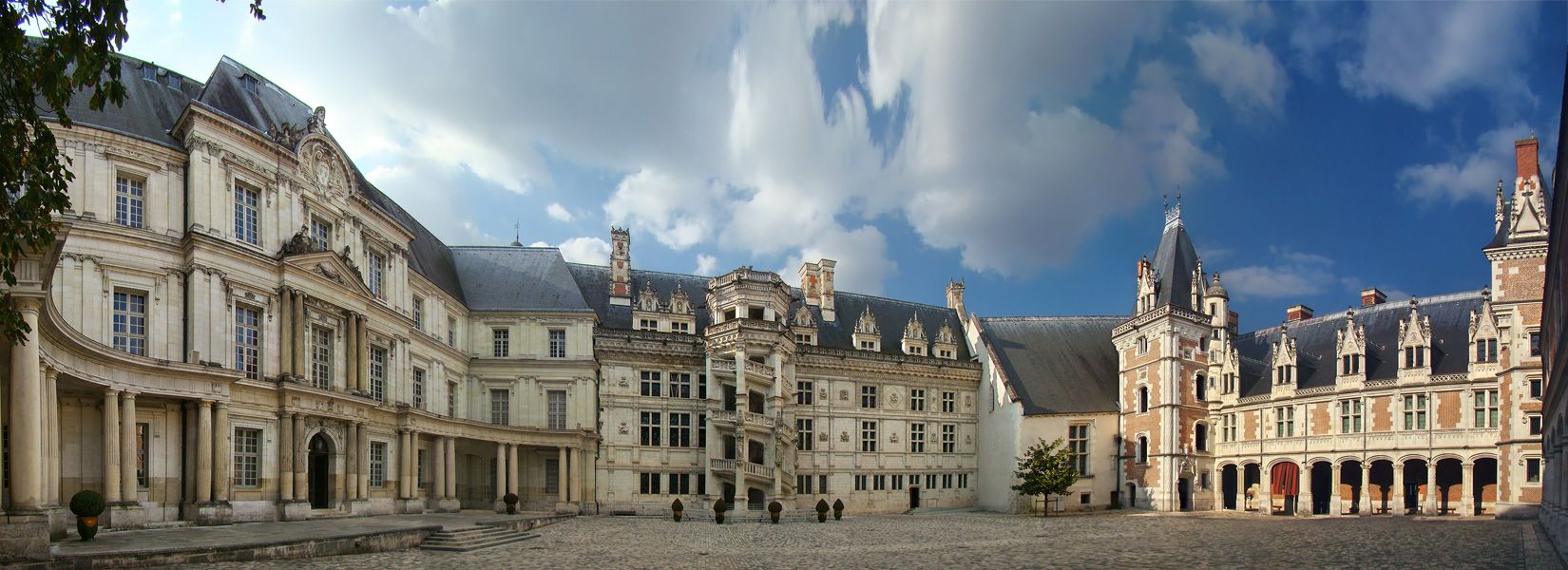
Source
Gargoyles at the chateau
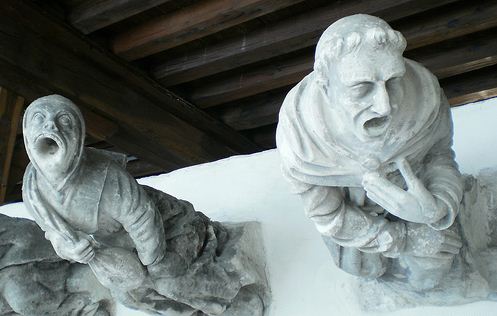
Source
